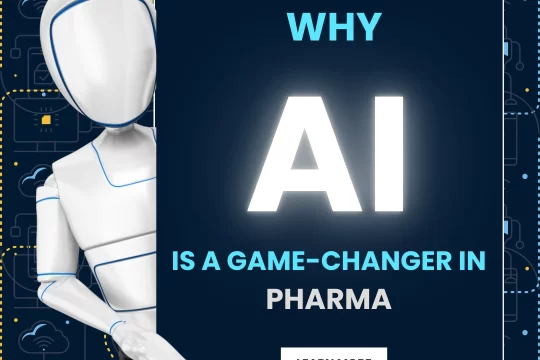Pharmacovigilance growth in India

Pharmacovigilance is a branch of pharmaco-legal activity that deals with the detecting, analyzing, understanding, and prevention of adverse effects or any risk to the patient. Pharmacovigilance deals with the surveillance of potential risk associated with medicinal products. It is a part of the wider area of pharmaceutical care which is an integrated approach to health care where pharmacists are involved in healthcare at all stages. It’s not just about medicines but also related to food supplements, cosmetics and medical devices.
Pharmacovigilance is the practice of protecting public health by detecting and analyzing adverse effects of medicines, vaccines, and other therapies. It is a preventive measure. Pharmacovigilance encompasses a wide range of activities to monitor critical safety signals from pharmacological products or devices that may lead to an adverse event.
Pharmacovigilance professionals are responsible for taking appropriate steps in line with applicable legislation if they come across any adverse event associated with a medicinal product or other product which could have an impact on patient safety.
Earlier pharmacovigilance in India was not much actively in action Have a look brief history of pharmacovigilance in India. Formerly pharmacovigilance activities were initiated in India around 1986 and in 1997 India joined the adverse drug reaction monitoring programme of WHO. Govt of India launched National Pharmacovigilance Programme (by CDSCO) NPvP on Nov 23,2004 which became operational from Jan 1,2005. However due to some reasons the NPvP was closed in 2008 and it was again started as the pharmacovigilance programme of India as PVPI in 2010. Under the PvPI, AMC plays a vital role in collection of ADR reports from the healthcare professionals. Initially there were 22 Adverse Drug Reaction Monitoring Centre in the India but at present time there are 150 AMCs under this programme and categorized into four zones i.e., south, North, East and West and it is expected to increase by 350 in upcoming year. India has many national pv centre (IPGT & RA) 8 Regional PV centres and 30 Peripheral PV centre.
India is rising rapidly as Hub of Global Clinical trials & Landing place for Drug Discovery & Development. Now India became the first country to report over one 100000 case safety reports to Vigiflow, Uppsala Monitoring Centre’s web-based pharmacovigilance system. India is currently 7th largest contributor to the Upsala Monitoring Centre international drug safety database Vigibase.
The field has expanded rapidly in recent years and it has been shown an remarkable growth in pharmacovigilance sector. Pharmaceutical industry in India is estimated as Rs. 90000 Crores and is growing at the rate of 12 – 14 %/year. Exports are growing at 25 % CAGR every year. The total export of pharmaceutical products is to the range of Rs- 40,000 Crore. India is now being recognized as the ‘Global pharmacy of Generic Drugs’ by providing generic quality drugs at affordable price.
Some key players operating in the pharmacovigilance market includes are: – Accenture, Cognizant, Capgemini, IQVIA, PAREXEL, BioClinica, Wipro, Jubilant Clinsys, ICON, Quintiles etc.
There are some Key factors that driving the pharmacovigilance market are
- Increasing drug use
- Drug development rates
- Increasing incidence of side effects
- Drug toxicity
- Increasing trend toward outsourcing of pharmacovigilance services.
The main reason for the proliferation of this market is the strict regulation of drug safety and the policies of governments the rising incidence of adverse drug reactions (ADR ) which have proved to be a huge burden on the health system, responsible for a large number of deaths each year and it can be reduced by Pharmacovigilance.


